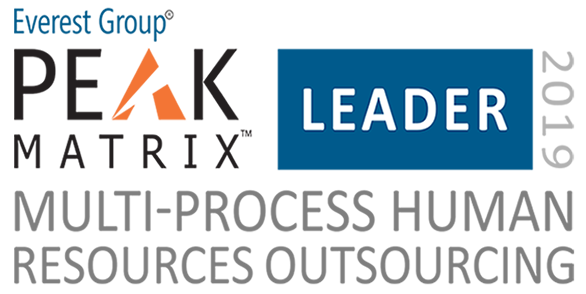Why modernising HR is essential to business growth
COVID-19 brought a rapid wholesale shift to remote and flexible working. With the continued rise of hybrid forms of working (onsite, remote working and a combination of both), employers will increasingly need to understand their workforce, wherever their location. Using an integrated HCM system with a full view of key employee data, managers can better support their hybrid teams, developing a culture of respect, connection, and mutual trust, all of which are key in attracting and keeping talent.
But there is more to human capital management. It is about hiring the right people, managing your workforce effectively and optimising productivity. HCM has evolved from a mostly administrative function to a critical enabler of business value among multiple market forces like changing workforce demographics and ability, the explosion of available workforce data, and increasing compliance and regulation. A unified HCM solution will connect HR functions, eliminate non-compliant risks, and synchronise data into a trusted source of decision-making insight for executives, HR professionals, workforce managers and employees.
Selecting an HCM solution starts with a thorough analysis of your current business processes and challenges. After you've identified the areas that need improvement and opportunities for growth, you can create a list of requirements for a new system. From there, you can explore different HCM solutions and vendors and compare their suitability for your organisation.
This guide walks you through the process of evaluating integrated human capital management (HCM) solutions for your organisation. First, you’ll learn what unified HCM systems are and why they are increasingly popular as an HR management choice for all sizes of local and global organisations. Then, you’ll understand the evaluation process and what to look for in a solution and its provider.

